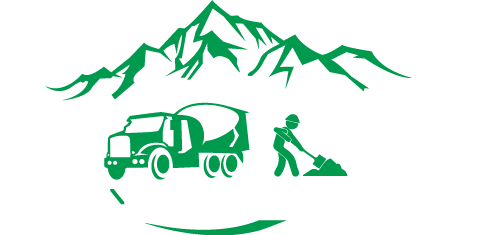When most people think of polished concrete floors, they think of their durability and modern beauty. However, it frequently surprises our clients to learn that they also provide unmatched slip resistance. High reflectivity is associated with being slippery; this may seem counterintuitive.
On the other hand, polished concrete floors are frequently used since they are one of the most slip-resistant floorings available. Concrete Pro INC provides concrete resurfacing services in the greater Colorado region.
Residential Polished Concrete Floors
What’s crucial to understand for residential floors is that even the most highly polished concrete floors provide plenty of slip resistance. Our residential clients are frequently surprised by how grippy their floors feel—even when wet!
As a result, the type of polished concrete finish used for interior residential concrete floors should be determined by aesthetics.
How to Make Polished Concrete Less Slippery?
It’s crucial to take all reasonable steps to optimize your concrete floor’s grip in high-slip-hazard areas like locker rooms, public restrooms, and commercial entryways. Here are some pointers:
Routine Cleaning
Clean concrete floors are nearly 20 times less likely to cause slip and fall accidents and injuries than dirty floors, according to government tests.
Absorptive Rugs
Absorbent rugs can significantly reduce slip accidents in indoor environments prone to standing water.
Non-Skid Additives
Apply a concrete sealer with glass beads or sand for added grip. These finishes provide a ton of grip for the most demanding installations, like restaurant kitchens or veterinary clinics.
Anti-Slip Conditioners for Polished Concrete
Apply a grip-anti-slip additive, such as Slip Doctors Polish Grip. A slip-resistant coating is the fastest and easiest way to make wet surfaces safer.
Why Aren’t Polished Concrete Floors Slippery?
It’s simple to clean polished concrete floors! Clean floors are up to 20 times less slippery than surfaces with contaminants. Walk-behind or ride-on floor scrubbers are often suggested for commercial applications since they can quickly clean vast areas.
High Coefficient of Friction
Such floors are 20% to 50% more slip-resistant than the national standard for a low-slip floor due to their high coefficient of friction.
In physics, the coefficient of friction quantifies the resistance to motion between two surfaces with the force (gravity) that holds the two surfaces together. It is measured as a number between 0 and 1, with higher numbers indicating higher slip resistance.
The national standard for a non-slip floor is 0.42. In other words, on a non-slip surface, at least 42% of one’s weight must be transformed into a grip between one’s shoes and the floor.
Solid concrete floors provide significantly more excellent slip resistance than tile or wood floors, even when wet. When built appropriately, polished concrete flooring decreases slip and falls liability and insurance costs for company owners.

